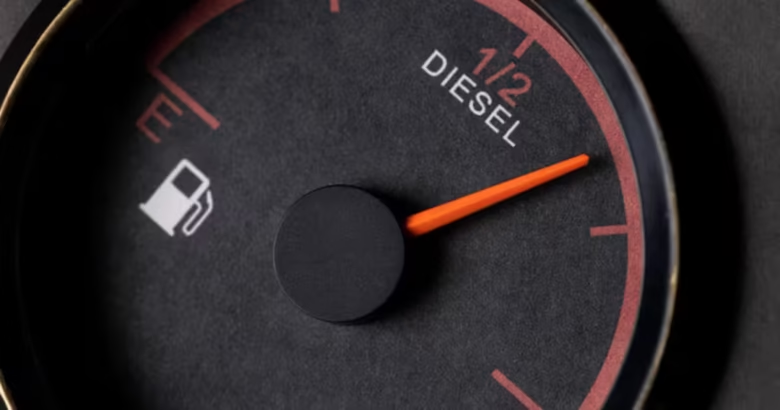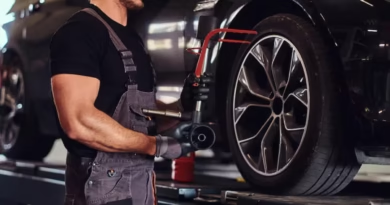The Ultimate Guide to Fuel Pressure Regulators: Importance & Function
Fuel Pressure Regulator: Key to Engine Performance & Efficiency

Article Summary
The gasoline system of your car depends on a fuel pressure regulator absolutely necessary. It guarantees the fuel injectors’ correct fuel pressure, therefore maximising engine performance. This article will walk over the operation of a fuel pressure regulator, its function in vehicle performance, indicators of malfunction, and maintenance or replacement strategies. Whether your passion is cars or you simply wish to know more about your automobile, this page will have all the information you need to appreciate the need of fuel pressure regulators in guaranteeing a seamless driving experience.
Define a fuel pressure regulator.
The fuel system of your car consists mostly of a fuel pressure regulator. It regulates the pressure of the gasoline delivered to the fuel injectors of the engine. Constant fuel pressure guarantees that the engine gets the correct amount of fuel for best combustion. Improvement of engine performance, fuel economy, and even emissions depends critically on this control.
How does a regulator of fuel pressure operate?
A fuel pressure regulator mostly serves to guarantee that the fuel pressure stays constant independent of engine load or speed. Here’s how it goes:
- Fuel is pumped from the gas tank to the fuel rail, a pipe system designed to feed the injectors.
- The regulator watches the fuel rail’s pressure and modifies it by letting some fuel flow back to the tank in cases of too high pressure.
- The regulator opens a valve to let more fuel to pass into the system when fuel pressure falls below a designated level, therefore preserving the proper pressure.
Why does a fuel pressure regulator matter?
The operation of your car depends much on a gasoline pressure regulator. Here’s why it’s so crucial:
- Maintaining a consistent flow of fuel to the injectors is essential for best engine performance, so this helps.
- Better fuel economy results from control of fuel pressure ensuring that just the required quantity of fuel is delivered to the engine.
- Stopping Engine Damage: Should the fuel pressure either be too high or too low, engine banging, misfires, or ineffective combustion results. A competent regulator avoids these problems.
- A well operating fuel pressure regulator guarantees the engine runs cleaner by helping to regulate emissions.
Varieties of fuel pressure regulators
There are several kinds of fuel pressure regulators, and they can be mostly classified as either:
- Most autos employ the classic regulator known as return-type regulator. When the pressure is too high it feeds extra fuel back to the fuel tank.
- Under this arrangement, the regulator is coupled with the fuel pump to sustain pressure without having to recycle more fuel to the tank. Usually seen in more recent cars, this technology is more efficient.
Faulty Fuel Pressure Regulator Symptoms
Problems with range of performance can arise from a failing fuel pressure regulator. Typical indicators of a malfunctioning regulator consist in:
- Should the regulator fail, your engine could hesitate, struggle to start, or misfire.
- A faulty regulator might cause the engine to run more than required, therefore affecting the fuel economy.
- Should the regulator have a crack or flaw, fuel could spill, a hazardous and ineffective occurrence.
- If too much fuel is being fed to the engine, black smoke from exhaust results from incomplete combustion and extra carbon generation.
- Should the regulator be defective, the computer of the car will typically set off the check engine light, therefore warning you of the problem.
Fuel Pressure Regulator Testing: Techniques
A fuel pressure regulator’s performance can be ascertained by rather easy testing that also helps identify any faults. Here’s how to test it:
- You will want a fuel pressure gauge, which you can link to the fuel rail. Starting the engine, see whether the pressure reading matches the specs of the car manufacturer.
- Look for any evidence of fuel leaks in the vicinity of the regulator.
- Break off the vacuum hose from the regulator. Should the engine run without any problems upon hose disconnection, the regulator might be broken.
How does one replace a fuel pressure regulator?
Should your fuel pressure regulator prove to be defective, you might have to replace it. Here is a rudimentary guide for regulator replacement:
- Make sure you have the right replacement regulator and the required tools—wrenches, screwdrivers, fuel pressure gauges.
- Before you start, unplug the fuel pump relay and run the engine until it stalls, therefore releasing any pressure in the fuel system.
- Cut the gasoline lines and any electrical connections from the old regulator. Take the bolts tightening it in place off.
- Install the new regulator from the same angle as the old one. Reword the electrical connections and fuel lines.
- Examining the System: Starting the engine and monitoring the pressure will help you to guarantee the regulator is operating as it should.
Fuel Pressure Regulator Maintenance Advice
Your fuel pressure regulator’s lifetime can be increased and your car will run as it should with proper maintenance of it. These pointers will help you to maintain the best state of your regulator:
- Use Clean Fuel: The regulator may be damaged by fuel’s components. Use fresh gasoline always to prevent system blockage.
- Replace Filters Regularly: Fuel filters must to be changed as advised. A clogged filter can tax the regulator and the fuel system overall.
To avoid any fire threats, routinely look for any fuel leaks around the regulator.Follow your car’s advised maintenance schedule to help to keep the general fuel system in good shape.
Conclusion
An essential part of your car’s fuel system, the fuel pressure regulator guarantees that the engine runs on just the correct level of fuel. A well running regulator enhances engine performance, fuel efficiency, and general vehicle dependability. Understanding its function, seeing indicators of failure, and knowing how to keep it running effectively for years to come can assist you help to guarantee that your car runs as it should. If you observe any signs of a failing regulator, don’t delay in having it checked and replaced as necessary to prevent additional engine damage.
Commonly Asked Questions
A fuel pressure regulator does?
To provide constant fuel supply to the injectors, a fuel pressure regulator manages the fuel pressure in the engine’s fuel system. Retaining engine performance and fuel economy depends on this.
How can I find out whether my fuel pressure regulator is failing?
Poor engine performance, lower fuel economy, gasoline leaks, exhaust black smoke, and the check engine light turning on indicate a faulty fuel pressure regulator.
Does acceleration change depending on a poor fuel pressure regulator?
Indeed, a defective regulator might cause the engine to hesitate or stumble, therefore compromising acceleration.
Replacement of a fuel pressure regulator costs what?
Depending on the type and model of your car as well as whether you do it yourself or pay a mechanic, the cost to replace a fuel pressure regulator could run from $100 to $500.
Can I drive using a faulty fuel pressure regulating system?
Driving with a bad fuel pressure regulator is not advised. Driven with the situation could cause more engine damage and difficulties.
My fuel pressure regulator should be replaced how often?
Usually lasting between 100,000 to 150,000 miles, fuel pressure regulators should be checked on your car for indications of malfunction and replaced sooner if needed.
Citation and disclaimer
This article serves just for informational needs. The material offered here represents broad expertise and best standards in car repair. For particular advice on your car, always speak with a professional mechanic or technician.


